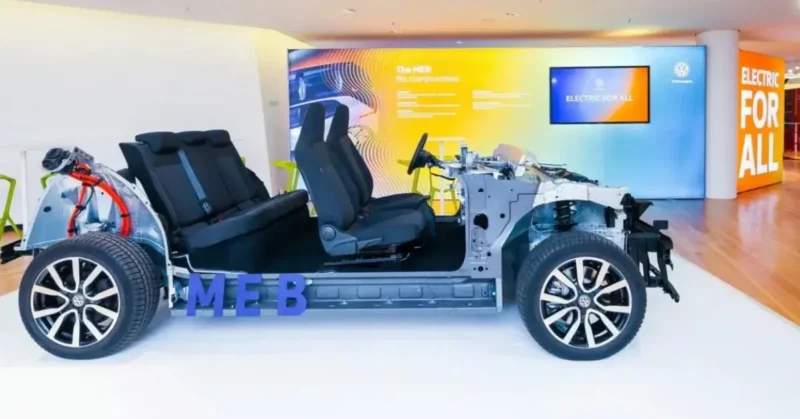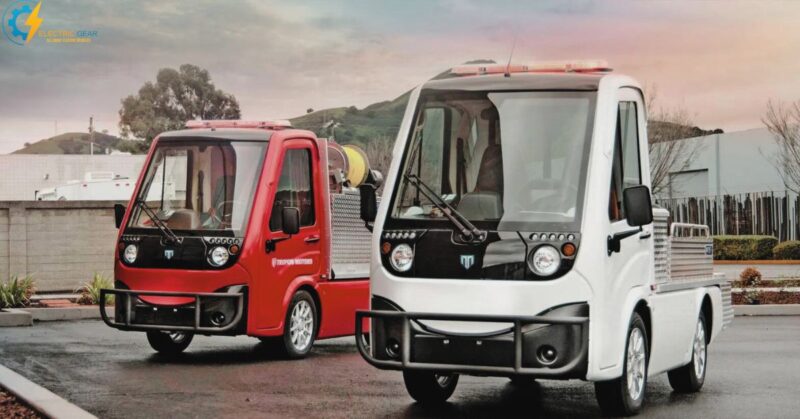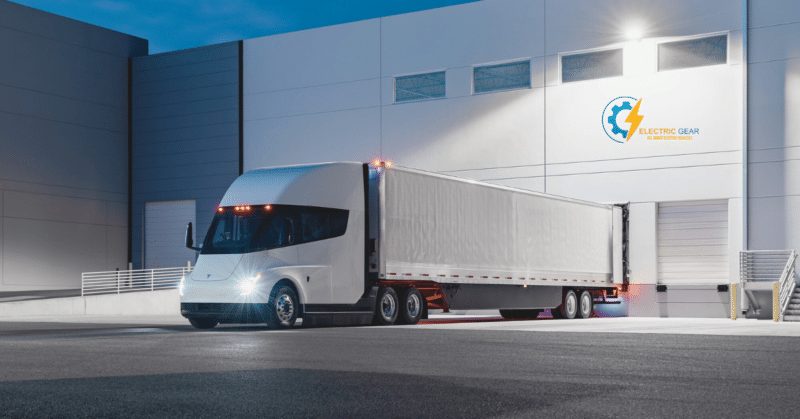You might wonder about electric vehicle (EV) charging and whether level 2 charging is bad for EV batteries. Let me tell you: it’s a question that’s been on my mind too! Who would want to save time and money using something other than level 2 charging? But at the same time, you don’t want to damage your battery.
(For those who don’t know) there are three levels of EV charging: level 1, level 2, and level 3. Level 1 is the slowest, using a standard 120-volt outlet. Level 3 is the fastest, using a high-voltage DC fast charger. And level 2 is in the middle, using a 240-volt outlet (similar to the ones used for appliances like stoves and dryers).
But let’s not get ahead of ourselves. First, we need to understand how EV batteries work. (You might be surprised to learn) that EV batteries are made up of a series of smaller batteries called cells, which are connected in a pack. These cells store energy and provide power to the vehicle’s electric motor.
Now, back to the question: is level 2 charging bad for battery? Well, it’s more complex than a yes or no answer. In this article, we’ll explore the pros and cons of level 2 charging and discuss best practices to help you make an informed decision. So, let’s dive in!
What is Level 2 Charging?
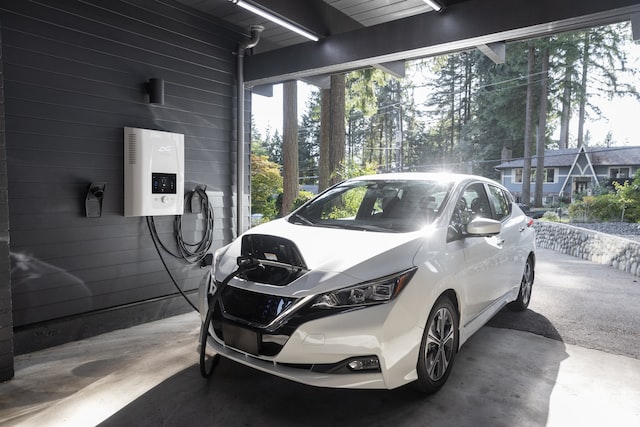
As mentioned earlier, level 2 charging uses a 240-volt outlet, which can charge an EV battery faster than a 120-volt outlet (level 1 charging). It’s a popular choice for home charging because it’s convenient and relatively fast.
But here’s the thing: level 2 charging is slower than level 3 charging, which uses a high-voltage DC fast charger. If you’re in a hurry to get your EV charged up (say, for a long road trip), level 2 charging is not the best option.
But if you’re charging at home overnight (like most people do), level 2 charging is probably okay.
Let’s discuss the equipment and infrastructure needed for level 2 charging. If you want to charge your EV at home, you must install a level 2 charging station or home charging unit. These units are typically installed in a garage or carport and require a dedicated 240-volt outlet (like the ones used for stoves and dryers).
Some newer homes and apartments have a level 2 charging outlet, but if yours doesn’t, you’ll need to install one by a qualified electrician. It can be a hassle (and an added expense), but using your EV as your primary vehicle is worth it.
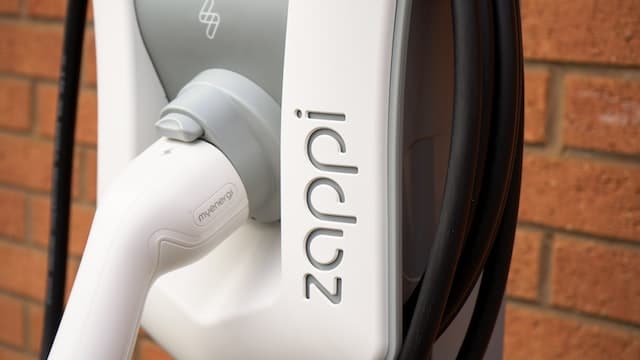
And that’s the basics of level 2 charging! As you can see, it’s a convenient and relatively fast way to charge your EV at home. But there are better options out there, requiring additional equipment and infrastructure.
Is level 2 charging bad for battery?
Is Level 2 charging is bad for battery or not largely depends on how level 2 charging is used and the specific circumstances of the battery and charging equipment.
Level 2 charging uses a 240-volt charging station and is generally considered suitable for EV batteries. It is, in fact, the recommended method for charging electric vehicles. Level 2 charging provides a faster charge than Level 1 charging, which uses a standard 120-volt outlet that allows you to charge an EV battery in a few hours fully.
When the charging impacts on EV battery health are concerned, there are a few key factors to consider, such as the battery chemistry, charging speed, and the battery’s state of charge (SOC). Lithium-ion batteries, commonly used in EVs, are designed to handle Level 2 charging
without their significant degradation.
However, if you frequently charge or discharge your EV to a high or low SOC, it can increase the battery’s wear and tear, thus reducing its lifespan. Furthermore, high temperatures or extreme cold exposure can also impact battery health.
Overall, Level 2 charging is okay for an EV battery and is a convenient and efficient way to charge an electric vehicle battery. However, it is essential to be mindful of how you use and maintain your battery to ensure it lasts as long as possible.
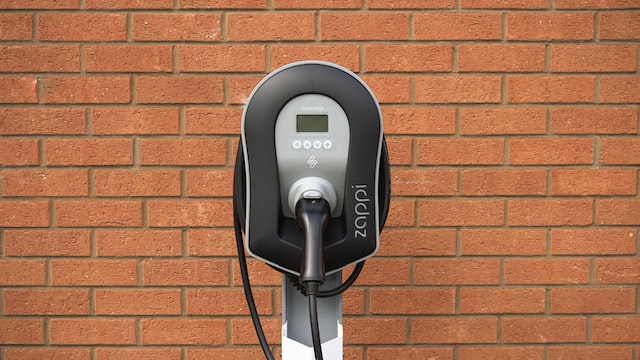
The Benefits of Level 2 Charging:
- Faster charging times compared to level 1 charging.
- Convenient for home charging, saving time and money compared to public charging stations.
- Reduced greenhouse gas emissions and reliance on fossil fuels.
- It can be used with various EV models and battery sizes.
- It can be installed in various locations, including homes, offices, and public spaces.
- It provides a consistent and stable charging rate for the battery.
- Depending on the user’s needs, it can charge the battery fully or partially.
- It can be programmed to charge at off-peak times, taking advantage of lower energy rates.
- It can be easily used with a mobile app or innovative home system for remote monitoring and control.
The Risks of Level 2 Charging
- Overcharging: If the battery is not monitored and managed correctly, it can be overcharged, leading to degradation and reduced performance.
- Battery degradation: level 2 charging can contribute to battery degradation over time, especially if the battery is consistently charged to a complete state of charge.
- High temperatures: level 2 charging can generate heat, which can negatively impact battery health if the battery is exposed to high temperatures for extended periods. In EVs, battery overheating is prevented by a battery cooling system.
- Inconsistent charging rates: If the level 2 charging equipment is not properly maintained or calibrated, it can deliver inconsistent charging rates to the battery, leading to uneven charging and degradation.
- Equipment failure: Level 2 charging equipment can fail or malfunction, potentially damaging the battery or other components.
- Safety risks: If level 2 charging equipment is not installed correctly and maintained, it can pose a risk of electrical fires or other safety hazards.
- Cost: Installing and maintaining level 2 charging equipment can be expensive, especially if it requires professional installation or repair services.
The Impacts of High Temperatures on Battery Health
They can cause the battery cells to degrade and lose capacity over time, reducing performance and range. And unfortunately, level 2 charging can contribute to high temperatures, especially if the battery is charged to an entire state of charge or if the charging equipment is not adequately cooled.
But it’s not just level 2 charging that can cause high temperatures. In fact, high temperatures can be a problem for any EV charging, whether level 1, level 2, or level 3. That’s why paying attention to temperature is essential and taking steps to keep the battery as cool as possible.
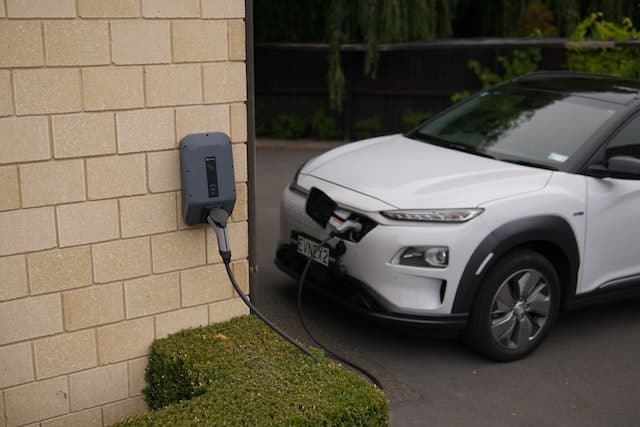
So, what can you do to minimize the impact of high temperatures on your EV battery?
Here are a few tips:
- Avoid charging your EV to a complete state of charge, especially in hot weather. Instead, aim for a partial state of charge (around 50-80%) to reduce the strain on the battery.
- Make sure your charging equipment is adequately cooled. It can be as simple as keeping it in a well-ventilated area or installing a fan to help dissipate heat.
- Consider using a battery management system ( BMS ) to optimize charging and battery health. It can monitor the battery’s temperature and adjust the charging rate to minimize heat generation.
- Avoid leaving your EV in direct sunlight or heat, or enclosed spaces
- Park in a shaded area or use sunshades to keep the battery cool.
Following these tips can help protect your EV battery from the damaging effects of high temperatures. And that’s it for now; let’s move on to the next point!
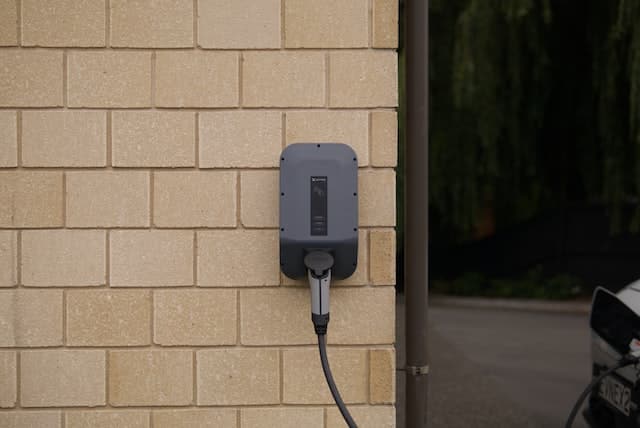
Best Practices for Level 2 Charging:
So, now that we’ve discussed the level 2 charging in detail let’s shift gears and talk about best practices. After all, level 2 charging can be an excellent option for many people, as long as it’s used responsibly and with some common-sense precautions.
First and foremost, following the manufacturer’s guidelines for charging and maintaining your EV battery is essential. It includes things like:
- Using the proper charging equipment and cables
- Charging at the recommended voltage and amperage
- Not charging the battery to a whole state of charge, especially in hot weather
- Avoiding charging the battery in high temperatures or enclosing spaces
Another essential best practice is to use a battery management system ( BMS ). It is a device that monitors the battery’s health and optimizes the charging process to maximize battery life. It can do things like:
- Monitor the battery’s temperature and adjust the charging rate to minimize heat generation
- Prevent overcharging and undercharging;
- Balance the charge among the battery cells to ensure even charging;
A BMS is essential if you’re using level 2 charging regularly or charging the battery to a whole state of charge. It can help protect your battery from degradation and ensure it performs at its best.
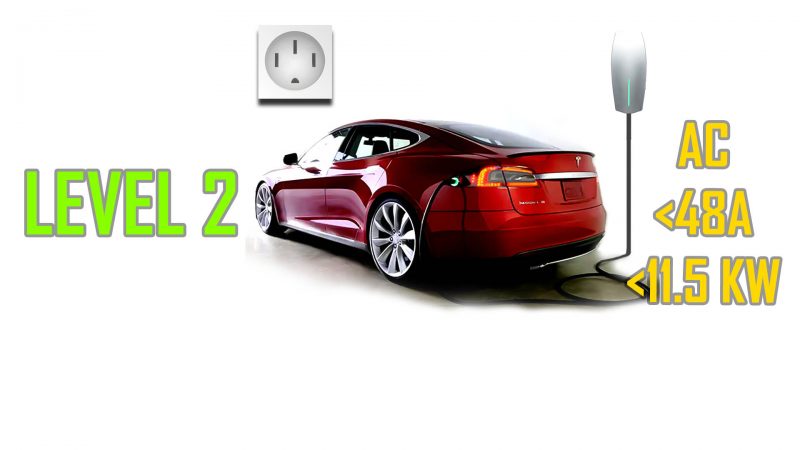
Future Developments in EV Charging Technology
As we wrap up this article on level 2 charging, it’s worth taking a moment to consider the future of EV charging technology.
After all, the EV world is constantly evolving, and new charging technologies are constantly being developed.
So, what can we expect in the coming years? Well, one of the biggest trends is the development of wireless charging systems. These systems use electromagnetic fields to transfer energy from a charging pad to the EV’s battery, eliminating the need for cables and charging ports.
Conclusion:
Well, that’s it! We’ve covered a lot of ground in this article, from the basics of EV charging to the risks and benefits of level 2 charging. Let’s take a moment to review what we’ve learned.
Overall, level 2 charging is convenient and relatively fast to charge your EV at home. It’s faster than level 1 charging and can save time and money compared to public charging stations. But it’s slower than level 3 charging and has some risks, such as overcharging and battery degradation.
Finally, it’s worth noting that the world of EV charging is constantly evolving, and new technologies are constantly being developed. The future looks bright for EV owners, from wireless to solar charging to hydrogen fuel cells. But as always, it’s essential to research and consults with professionals when making charging decisions for your EV.

Imran is an experienced content writer who crafts engaging and informative articles for a variety of industries. With a keen eye for detail and a passion for storytelling, Imran delivers high-quality content that resonates with readers. Whether he’s writing blog posts, social media content, or website copy, Imran is committed to delivering compelling content that drives results.



